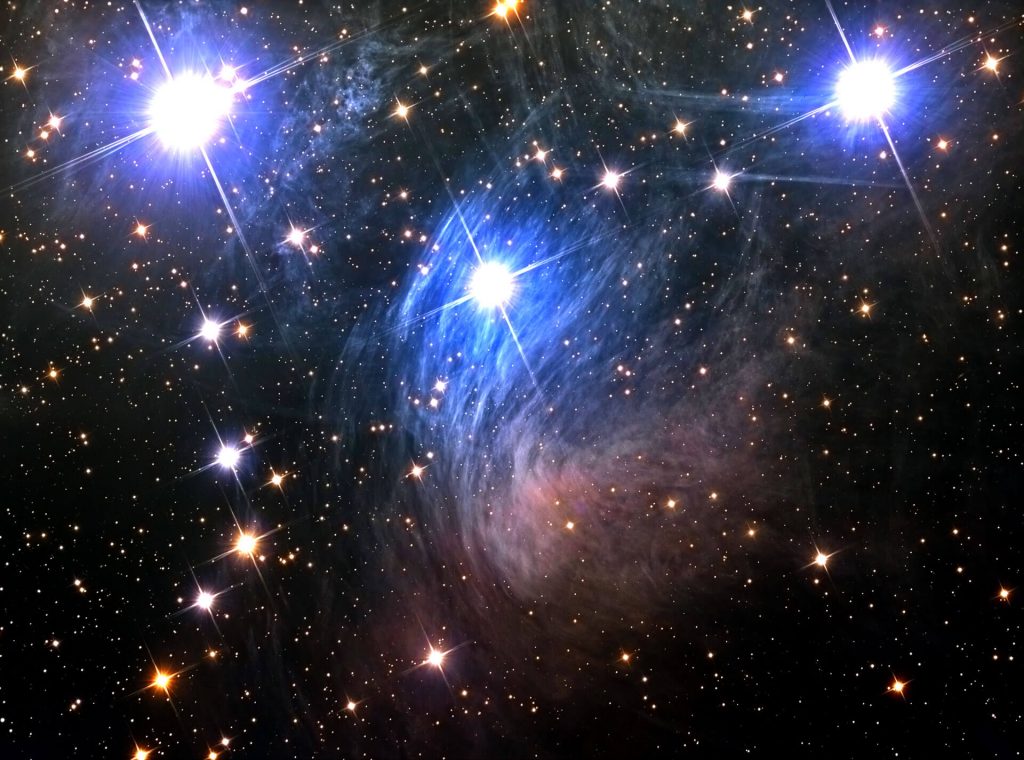
At IAFE we study different aspects linked to the interstellar medium. The interstellar medium is the medium in which the stars of a galaxy are immersed. It is composed of a mixture of gas (~99%), dust (~1%), cosmic rays and magnetic fields. The most abundant element is hydrogen, and it is found in both ionized and neutral (atomic or molecular) form. Compared to the densities we are accustomed to on Earth, the interstellar medium is extremely sparse, with an average density of one atom per cubic centimeter.
Most of interstellar space is occupied by a diffuse medium of very low density. However, there are also large gaseous structures in the form of filaments and shells, where the densest matter is concentrated and fragmented into sub-structures hierarchically organized by size. It is in the smallest fragments where new stars can be born, which throughout their lives, through their winds and ultraviolet radiation, ionize, photodissociate and give a new shape to the environment that surrounds them, eventually generating new shells and filaments.
Massive stars and certain white dwarfs in binary systems, on the other hand, conclude their evolutionary cycle in a cataclysmic explosion known as a supernova. For several tens of thousands of years, the remnants of these stellar explosions continue to drastically and irreversibly alter the chemistry and physics of the interstellar medium. Due to the large amount of energy released, these objects are considered one of the main sources of cosmic rays.
In summary, the interstellar medium plays a fundamental role in the formation of stars and, in turn, is influenced by them throughout their evolutionary cycle. Stars, especially when they culminate as supernovae, are the main mechanism by which atomic nuclei created during the stellar cycle are disseminated throughout the galaxy, transporting crucial elements for the formation of new stars and, why not, possibly contributing to the appearance of life. This is a continuous and fascinating cycle of interaction and transformation on the vast stage of the cosmos.